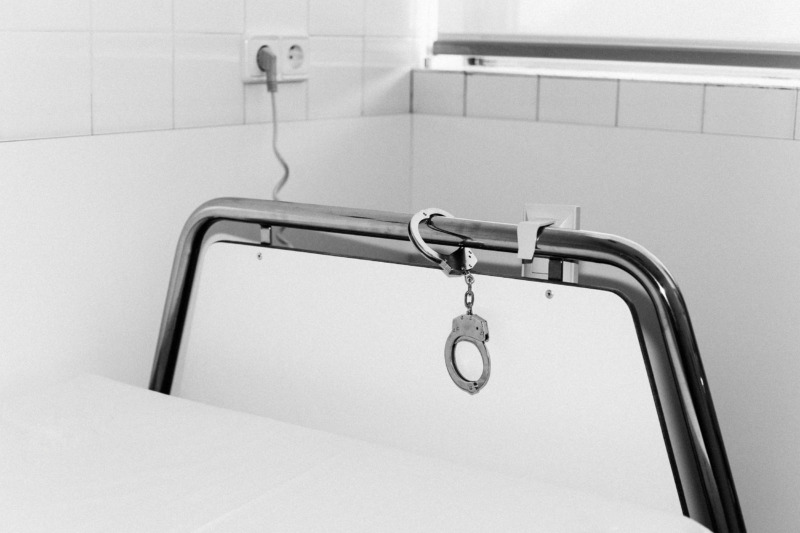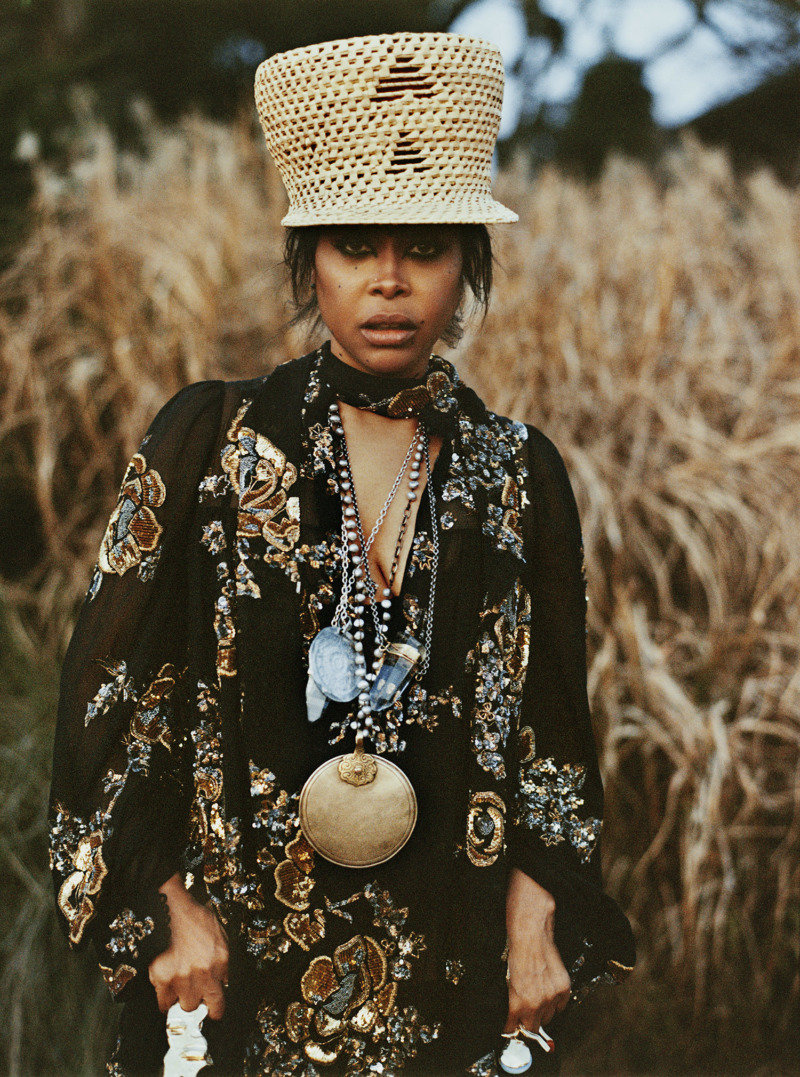15 Questions With… Gem Fletcher
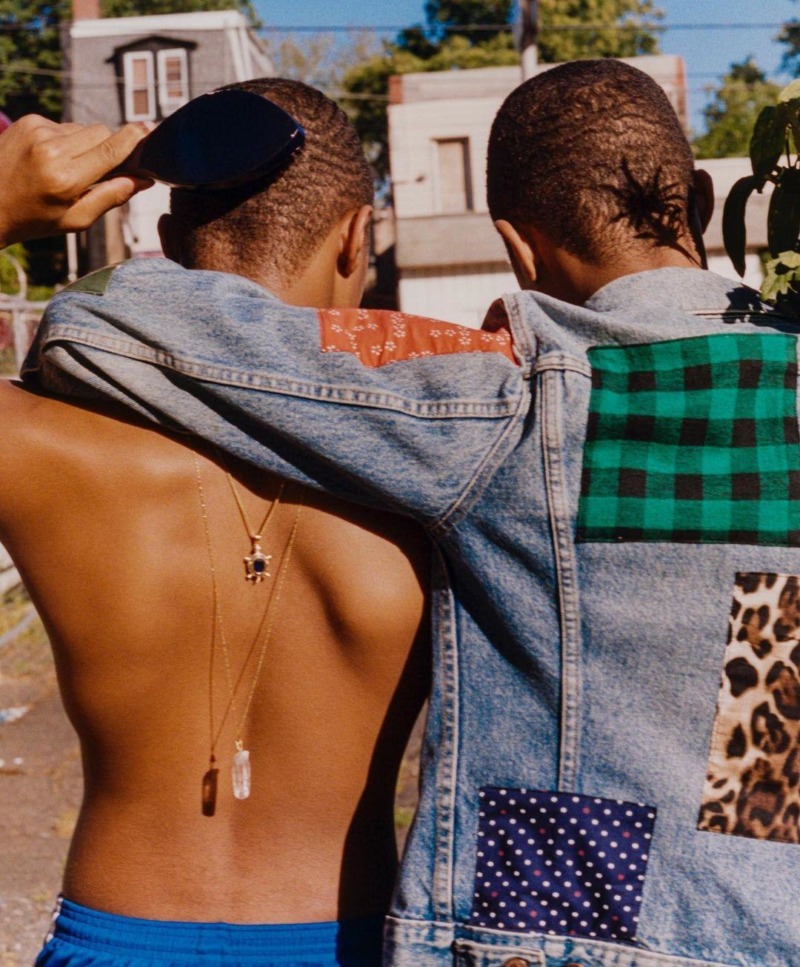
How are you at the moment?
I’m okay. There is a lot on my mind with so much going on in the world. Just one day at a time is my ethos right now. I just finished editing a podcast with the wonderful Charlie Engman so I’m excited about that.
What is your morning ritual? How does your day begin?
I get up early, around 6am, mostly due to my two year old daughter. A couple of mornings a week I go on a long walk with my friend (and photographer) Alexander Coggin. It’s so great to be in nature and the conversation is always very generative. When I’m not doing that, I usually working for a couple of hours before my wife goes to work and I take over childcare. There is usually earl grey tea, vitamins and peanut butter on toast.
What, right now, can you see?
My office has a beautiful panoramic view across London – right now the sun is coming up and the city is still. My laptop is open and my desk is a mess. I have a print from Nick Ballon’s wonderful series Casa De Amor on my bookshelf. I’m surrounded by stacks of photobooks and magazines, including Art in the Age of Anxiety edited by Omar Kholeif, Eye to Eye: Portraits of Lesbians by Joan. E Biren, and this catalogue I just tracked down from a Guggenheim exhibition in 1997 called Rrose is a Rrose is a Rrose by Jennifer Blessing that looks at gender performance in photography. It includes works by Claude Cahun, Catherine Opie, Cindy Sherman and I’m excited to get into it. Photobooks have become a sacred object for me in the last year when I haven’t been able to go to shows, talks or festivals.
What artist, project, book would you recommend we see/follow?
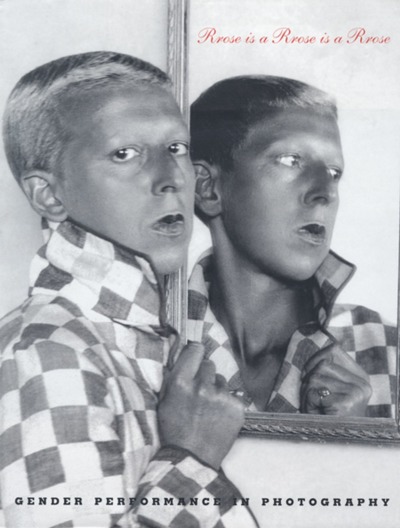
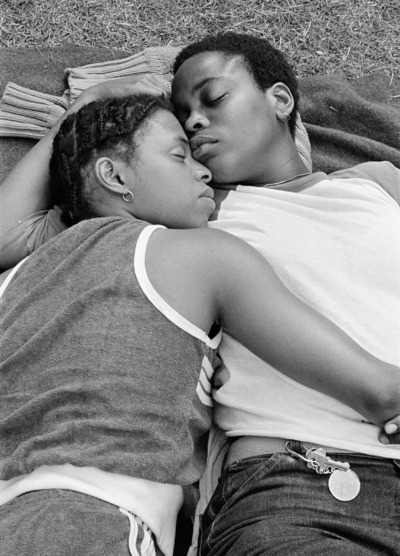
I’m fascinated by Farah Al Qasimi‘s work. She examines postcolonial structures of power, gender and aesthetic in the Persian Gulf states. Her work pushes beyond geography and seeks out instances where cultural specificity is transcended. I’m awe of her visual language, which has this super rich, layered surface design as well as her ability to uncover meaning in a labyrinth of seemingly unrelated or disparate things that occupy our lives. Her latest book Hello Future is out soon published by Capricious. She also takes song requests on Instagram Stories that she performs with the alligator filter on – it’s joyful.
Balarama Heller‘s new work Sacred Place is excellent. It’s a sensorial depiction of his quest to locate his spirituality in relation to, and untethered from the institution of organized religion he grew up within. Really powerful work. I also love Matthieu Croizier‘s book Everything goes dark a little further down, which investigates the concept of ordinary monstrosity—unravelling the boundaries between what is thought of as normal and abnormal using the body as a primary material.
Tell us about your process when starting a new project
Everything begins with research. Whether it’s for my podcast The Messy Truth or something I’m writing, I like to delve deep into the artist’s practice, but also into the space surrounding the themes or subject matter they are interested in. For me, research is the work in many ways. It’s the space in which connections and dialogues open up between disciplines, between photographs, between ideas and between histories that I find so generative.
What has been your favourite collaboration?
Right now, I love working on the podcast and being in dialogue with so many different artists all with their own distinct point of view. I launched The Messy Truth in April 2019 to create a dialogue about the messy reality of image making. To bring greater transparency to parts of the industry shrouded in mystery and to engage in complicated conversations about complicated issues opening up a broader discussion about what it means to be a photographer today and the future of visual culture. I’m interested in the individuals redefining or reimagining the systems and modalities of the medium and its wider ecosystem. The podcast is really a framework to explore, share, question and debate and most importantly embolden curiosity. Recent guests include Laia Abril, Quil Lemons, Lesley A. Martin, Shaniqwa Jarvis and Carmen Winant – it’s been such a challenging and for filling endeavour.
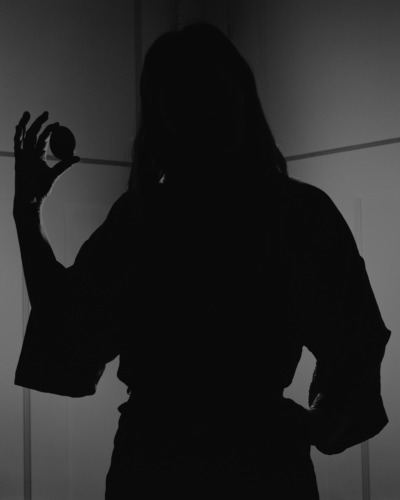
What is your greatest achievement?
Making the leap to go freelance without a safety net and not letting the fear hold me back.
What is your greatest regret?
Not doing it sooner.
What advice would you give to your younger self?
Take your time.
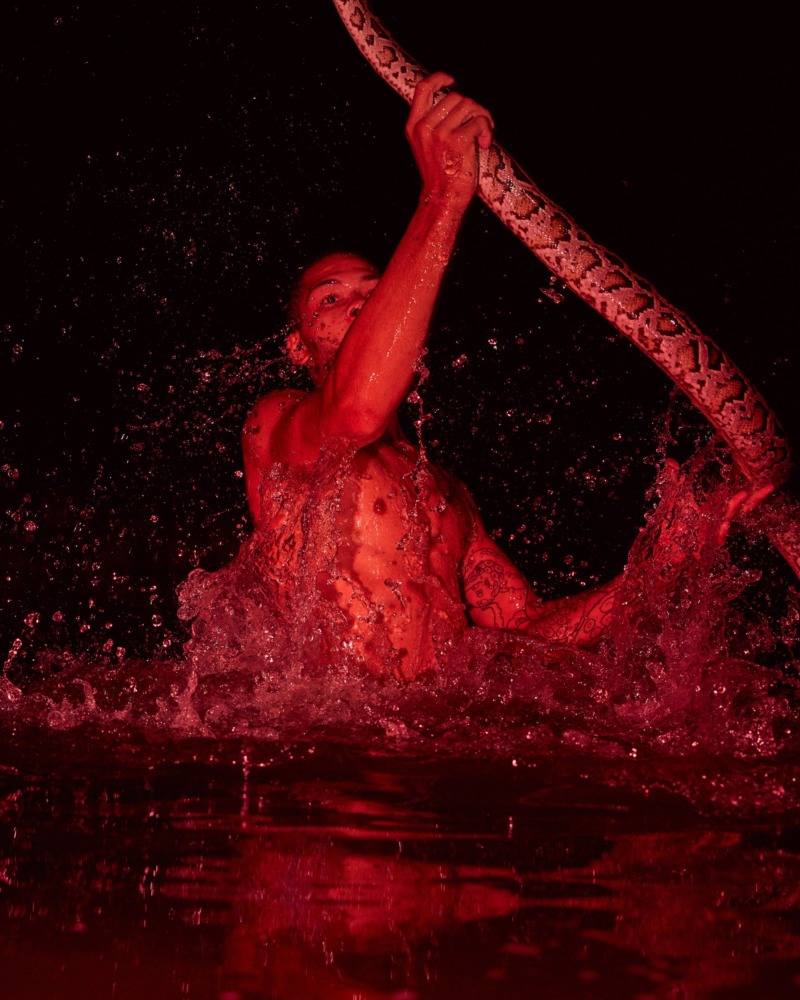
What is your latest project about?
I’m just finishing up an essay for the British Journal of Photography that looks at the relationship between photography, power and women’s bodies. In our current climate, photography often describes itself as a force for liberation while remaining the loyal subject of state power. The visuality of women continues to be radicalised from the omnipresent sexist policies upheld by social media to the potent visual strategies of the anti-abortion movement. Sharpened by a global pandemic and a world that embraces conservative ideas more and more each day – We are left wondering what photography can really do? How are contemporary artists using photography to continue the fight for women’s freedoms? And is it even possible to reclaim that power? I explore the work of contemporary artists including Laia Abril, Zanele Muholi, LaToya Ruby Frazier and Carmen Winant as well as referencing the incredible work of women like Hannah Wilke and Abigail Heyman.
What are you researching at the moment?
I’m researching for an interview with the legendary Cathy Opie. I’m revisiting her entire portfolio of works from her Being and Having and Domestic to her more recent work Rhetorical Landscapes. The work is so radical, especially in the ways she continues to subvert or queer photography as our relationship to images as a species gets increasingly more entangled.
What can you not work without?
I think above all else, being in conversation is really vital for me – which is why I’ve inadvertently ended up investing so much of my time interviewing artists, mentoring creatives and being in dialogue in the community. This is both my research and my practice.
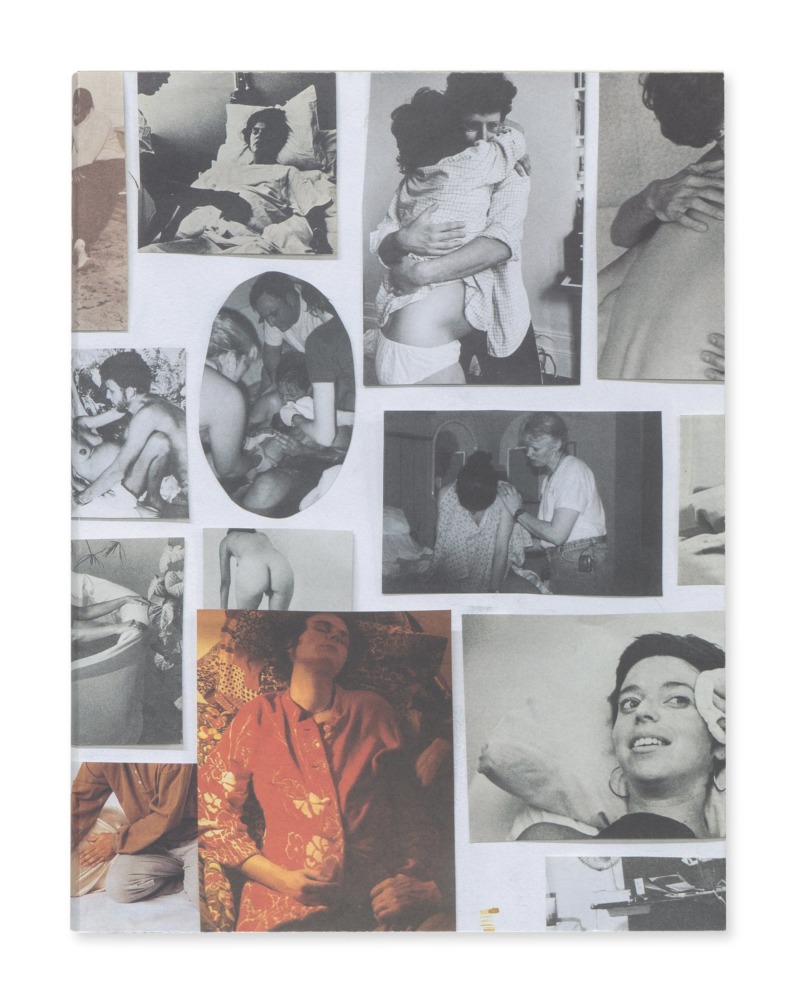
What challenges have you faced working in your industry?
There are too many to mention. While I love photography, the industry can be very toxic and big changes need to happen to make it a safer, more equitable and more creative space for everyone.
What are you hoping for in 2021?
We need to show up everyday committed to the fight for liberation. I love this quote by Grace Lee Boggs, “Love isn’t about what we did yesterday; it’s about what we do today and tomorrow and the day after.”
Share a song with us, what are you listening to at the moment?
I’ve had this track by Beverly Glenn Copeland, Deep River – Live at Le Guess Who? on repeat for the last year.
